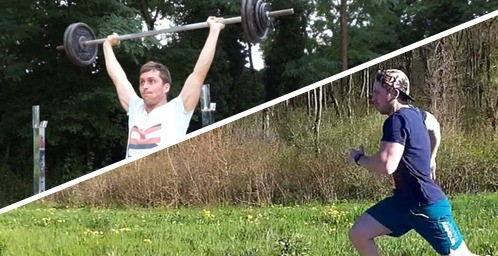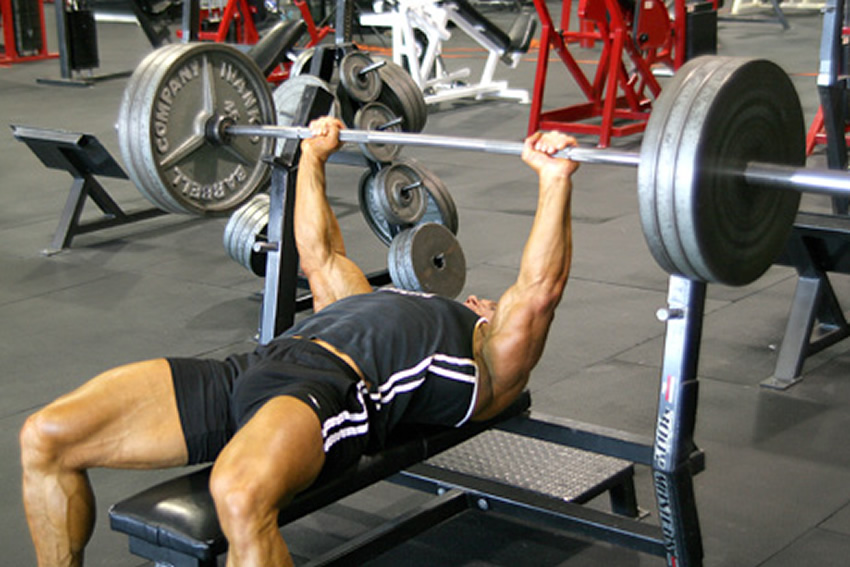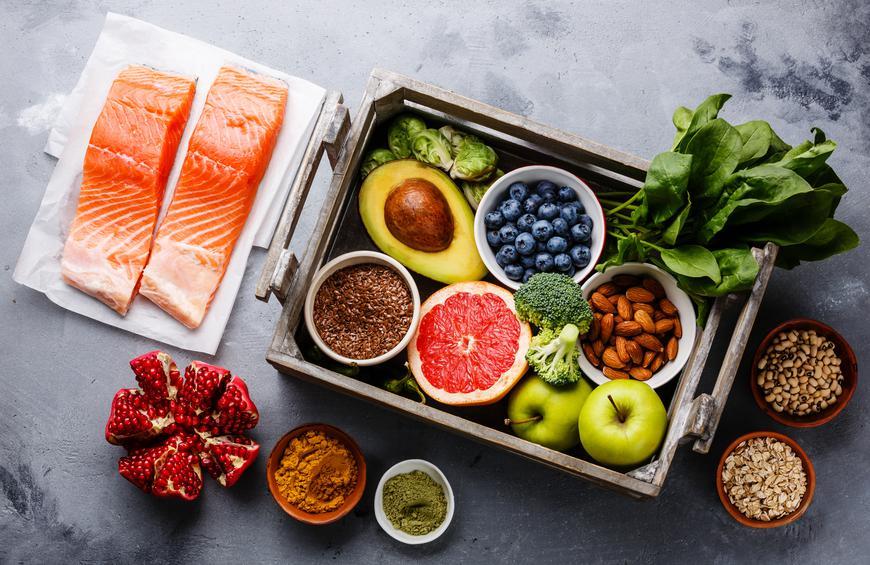What is the best way to lose fat, is it to do low intensity cardio (running more or less 1 hour) or to do weight training ? When you think about it, it’s not necessarily easy to answer this question…
Muscu VS cardio: reactions during exercise
To make the connection with fat loss, it is worth asking what the body’s reactions are when it comes to cardio and weight training. In fact, it is above all the intensity and the duration of the effort that will define the reactions that occur during the session.

Cardio (long effort with low intensity) makes it possible to empty the energy reserves of glycogen and then to pass on lipolysis (the use of fat as a source of energy).
Strength training (short effort with medium to high intensity) mainly drains glycogen resources; the use of fat for energy is very minimal.
Muscu VS cardio: reactions after exercise
After what we have seen, we could stop here by saying that cardio has a considerable advantage since it will use fat as fuel after draining the glycogen resources. But what you have to see are not only the effects during the effort but also the effects after the effort. And the advantage is clearly for the bodybuilding.
By helping to develop muscle mass, bodybuilding will increase the basal metabolism (the amount of calories used by the body at rest), which will lead to greater weight loss.

Indeed, a larger muscle mass requires more energy to be maintained and will therefore result in a greater expenditure of calories.
Low-intensity cardio helps build muscle mass in the legs, but over a very short period of time. In addition, it will depend on the starting point (a sedentary person will gain some muscle mass). After a few weeks, the adaptation will be installed and muscle mass will no longer develop, unlike strength training.
But no fear for women, it takes years of practice and an extremely rigorous lifestyle (see doping products) to build an impressive muscle mass by practicing bodybuilding.
In addition, weight training can further improve insulin sensitivity. Insulin is the hormone that brings in the sugar that we consume in muscles, and a high fat mass level is directly related to insulin imbalance. By increasing the number and size of insulin receptors (thanks to muscle mass gain), weight training will make it easier to lose fat mass than cardio.
Another drawback of cardio is that the effort will be fueled by carbohydrates and then lipids but also by proteins if the duration of the session is too long. And this is where it becomes problematic because the muscle mass will be damaged to feed the effort, which can produce a decrease in insulin sensitivity and therefore a worse use of fat as a source of energy.
In addition to that, long efforts increase cortisol, which results in a possible fat gain, which is therefore the opposite of what we are looking for.
Which solution?
So, what to do? Do weight training and no longer run? Not necessarily. The golden mean is a good compromise to benefit from everyone’s advantages. Lifting loads heavy enough to increase muscle mass, metabolism and insulin sensitivity, and do cardio to better manage your bodybuilding efforts and enter a virtuous circle.
This is to avoid doing too much low-intensity cardio workouts. Circuits that combine strength training and cardio are good examples that can work.
Regarding cardio, hiit (high Intensity Interval Training, alternation of short periods of high intensity work then rest – example: 8 sets of 30 seconds of sprinting interspersed with 30 seconds of rest ) seems to be a wise choice for losing mass thanks to its double positive effect:
1: A significant “afterburn” (the fact of consuming calories after exercise).
2: A possible increase in muscle mass (and not loss as with long cardio) if done intelligently (example: sprints) and the positive consequence that will result on the metabolism and insulin.
It’s up to everyone to find what suits them best!
If you want to go further, you can download my free guide ”5 tips to start vegan sports nutrition” in clicking here . Train with the heart, eat with the heart.




